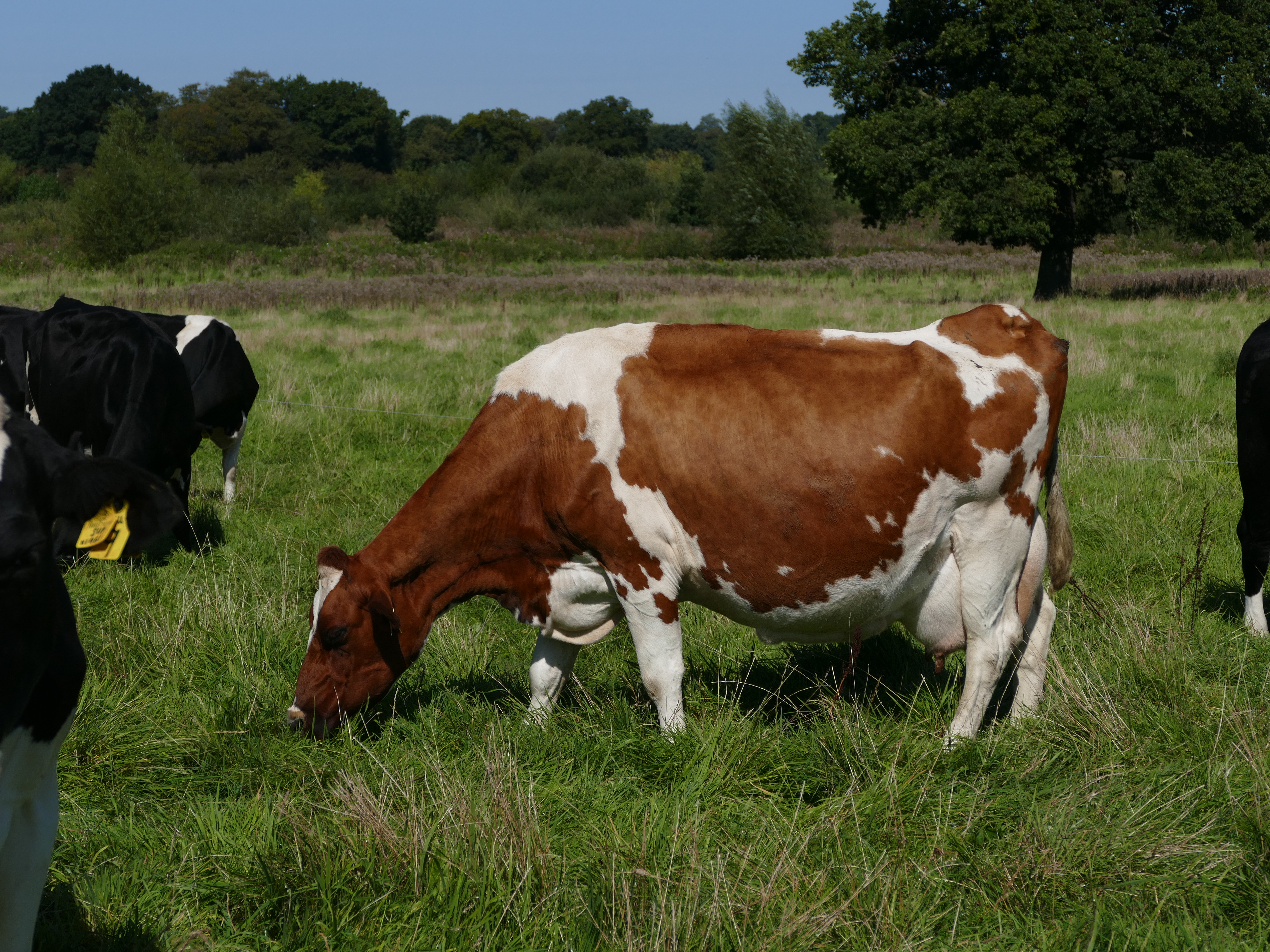Research Articles
Re-thinking efficiency and the future role of ruminants

There is no doubt that food systems and the agricultural sector need to operate within “planetary boundaries” to meet urgent obligations for carbon neutrality, restoration of biodiversity and global food security. Redefining agricultural efficiency (beyond production efficiency and intensification) is likely to be an important stepping stone towards these goals. The efficiency of land use within agriculture and the efficient use of natural resources not only builds a strong case for the protection of soil and grasslands but highlights the importance of an agroecological future and the grazing ruminants within the system.
Fossil fuels and Farming: Livestock’s role in a low-input future

By Research Officer, Charlotte Wheeler
Sustainability Metrics

By PfL Research Officer, Charlotte Wheeler
On-farm sustainability assessments: the need for a truly holistic approach

Research Assistant Sara Hall explains why we need holistic assessments for farm systems, how they can be undertaken and gives an example of how the Global Farm Metric can be used as a common language framework to measure and monitor on-farm sustainability.
Head of Research Nikki responds to EIT report

Achieving net zero in the ruminant livestock industry in the UK and Ireland.
